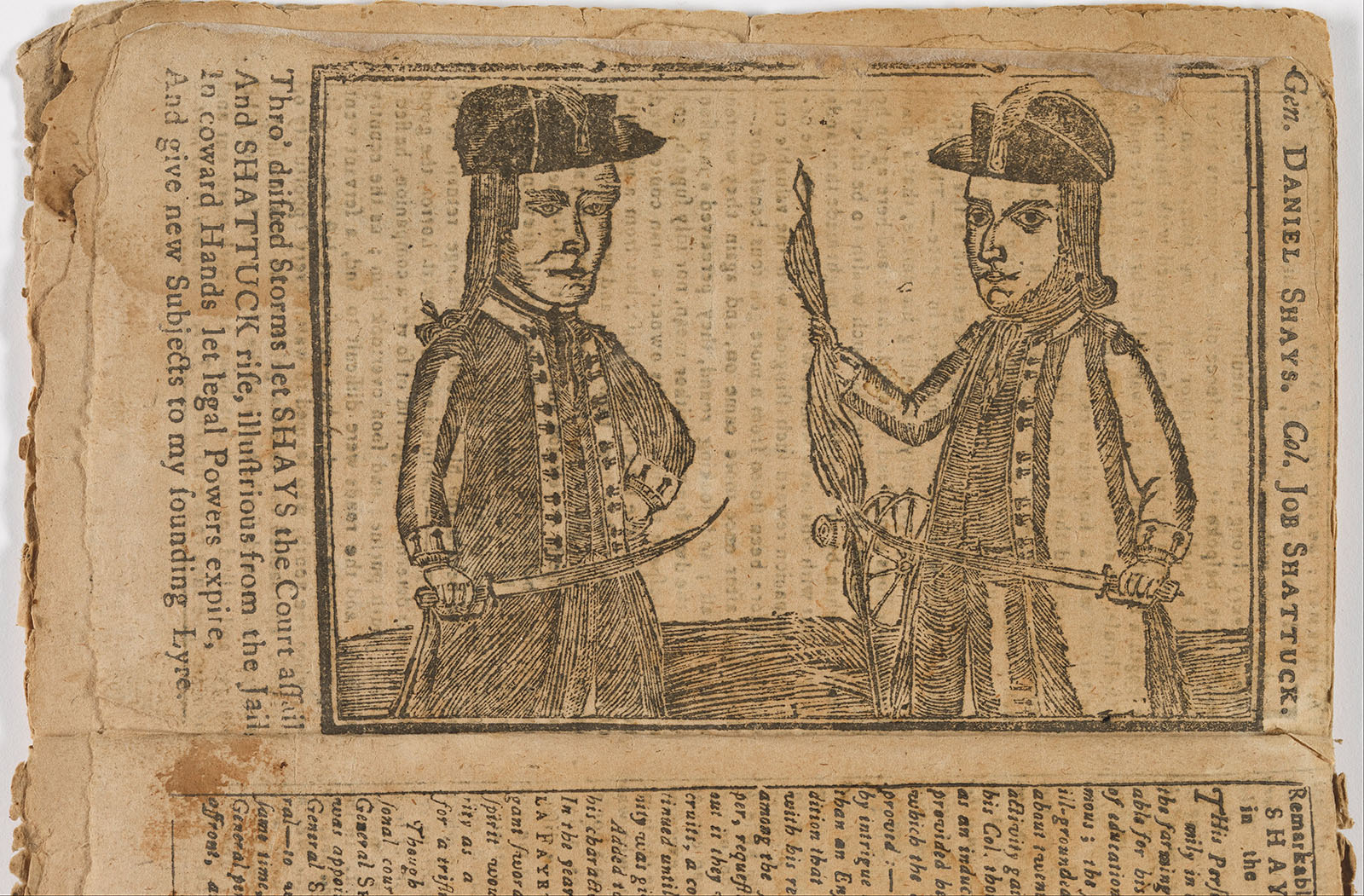J
James Glackin
AP US History 🇺🇸
454 resourcesSee Units
State Constitutions
So what kind of laws did the U.S. have before the Constitution? After declaring independence from Britain, the Second Continental Congress asked each state to create its own state constitution. The states would write laws that reflected the new ideas of democracy.
The new written laws would include bills of rights, and yearly elections of legislators and weak executive branches. Massachusetts drafted their constitution and then submitted it to the people for ratification. This would later be copied in ratifying the national Constitution.
Articles of Confederation
Just before the Declaration of Independence in 1776, a committee from the Second Continental Congress wrote a set of laws called the Articles of Confederation. This confederation was a loose union of the thirteen colonies. There were several weaknesses of the Articles of Confederation:
- There was no executive branch of government, reflecting colonial suspicions of tyranny and federal authority.
- The Articles had no power to tax or regulate commerce.
- All states had to agree on amendments.
- There was no judiciary.
🎥Watch: AP US History - Articles of Confederation
America did not have a stable federal government to control commerce or deal with foreign nations. The Articles were not strong enough to manage the new country, which meant a new set of laws were needed.
The weak economy was a further problem. States were arguing over tariff rates and whether they should charge each other. Debtors did not like the policies of the government.
One positive aspect of the Articles of Confederation was that Congress placed newly acquired western lands under its control for the benefit of all states. The Land Ordinance Act of 1785 allowed the federal government to sell western lands to pay off the national debt and organize these new lands into townships and public schools. Later, the Northwest Ordinance of 1787 provided that when a new territory reached a population of 60,000, it could then apply for statehood with no slavery allowed. This ordinance is considered the one successful act under the Articles of Confederation.

Daniel Shays became a divisive figure, to some a violent rebel seeking to upend the new American government, to others an upholder of the true revolutionary virtues Shays and others fought for. This contemporary depiction of Shays and his accomplice Job Shattuck portrays them in the latter light as rising “illustrious from the Jail.” Unidentified artist, Daniel Shays and Job Shattuck, 1787. Wikimedia.
In 1786, a revolt happened in Massachusetts called Shays' Rebellion. Daniel Shays led other angry farmers and disgruntled Revolutionary War veterans in a fight against a small army from the state. The state army crushed the rebellion, but many property owners were afraid of potential anarchy and these violent debtors. Essentially, this was the straw that broke the camels back, showing the weakness of Articles of the Confederation and the need for something different.
Browse Study Guides By Unit
🌽Unit 1 – Interactions North America, 1491-1607
🦃Unit 2 – Colonial Society, 1607-1754
🔫Unit 3 – Conflict & American Independence, 1754-1800
🐎Unit 4 – American Expansion, 1800-1848
💣Unit 5 – Civil War & Reconstruction, 1848-1877
🚂Unit 6 – Industrialization & the Gilded Age, 1865-1898
🌎Unit 7 – Conflict in the Early 20th Century, 1890-1945
🥶Unit 8 – The Postwar Period & Cold War, 1945-1980
📲Unit 9 – Entering Into the 21st Century, 1980-Present
🚀Thematic Guides
🧐Multiple Choice Questions (MCQ)
📋Short Answer Questions (SAQ)
📝Long Essay Questions (LEQ)
📑Document Based Questions (DBQ)
📆Big Reviews: Finals & Exam Prep
✍️Exam Skills (MC, SAQ, LEQ, DBQ)

Fiveable
Resources
© 2023 Fiveable Inc. All rights reserved.